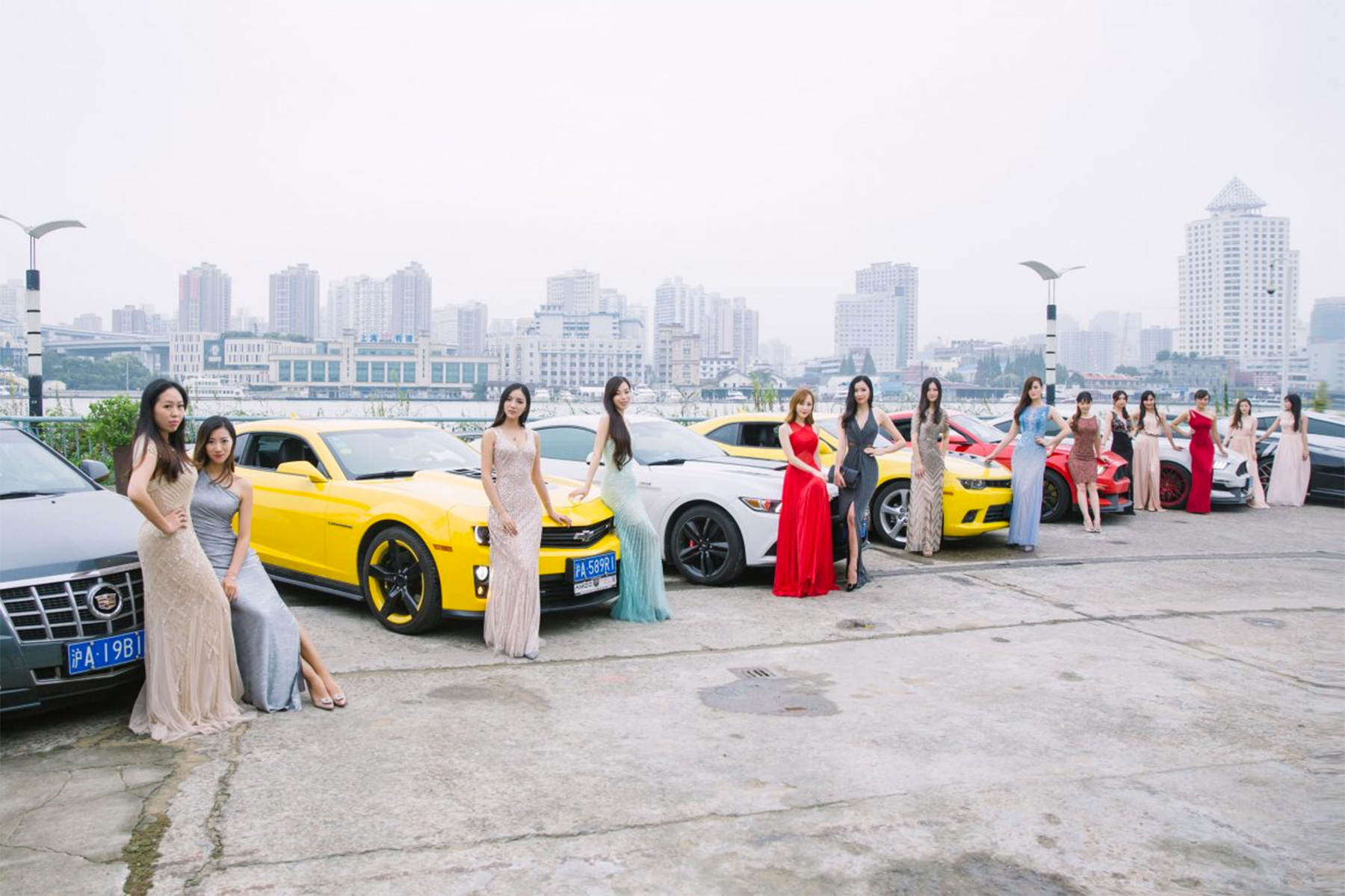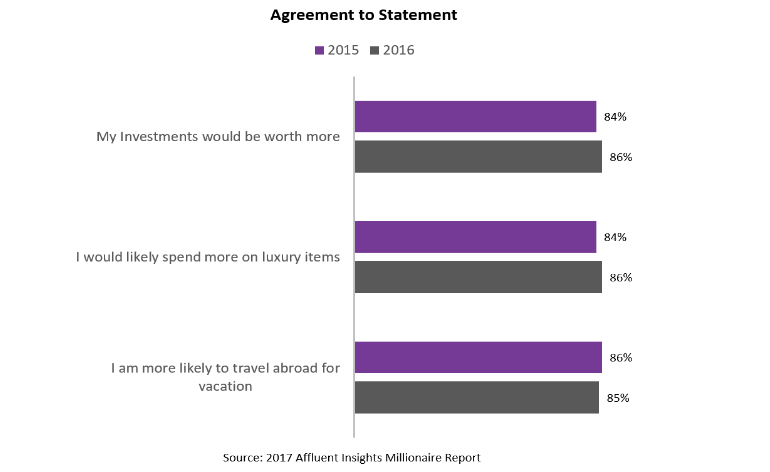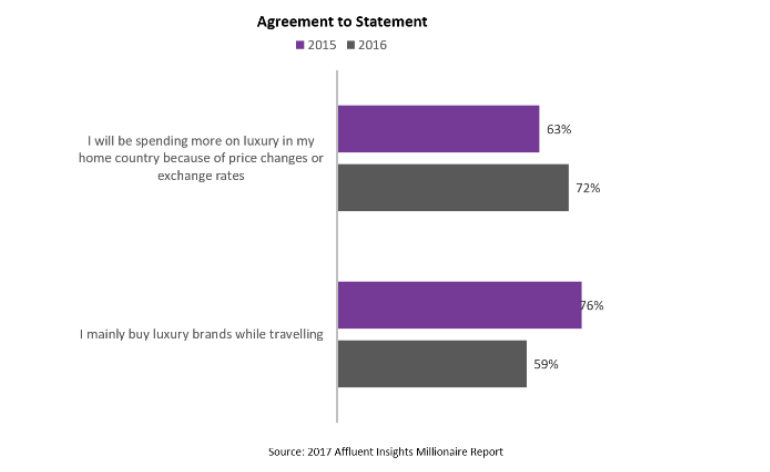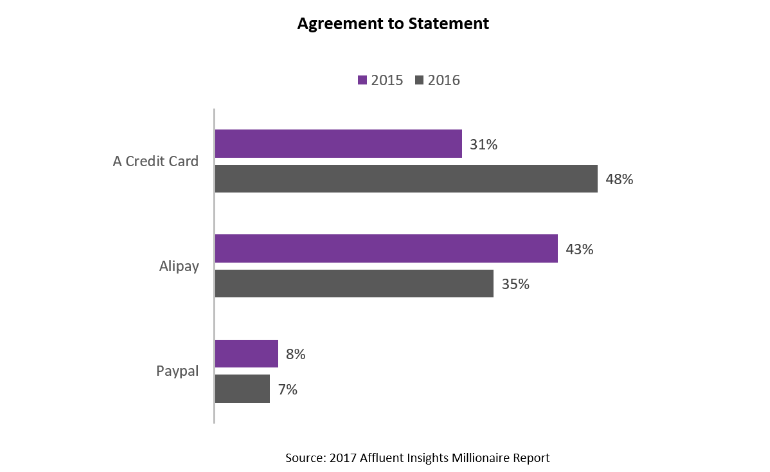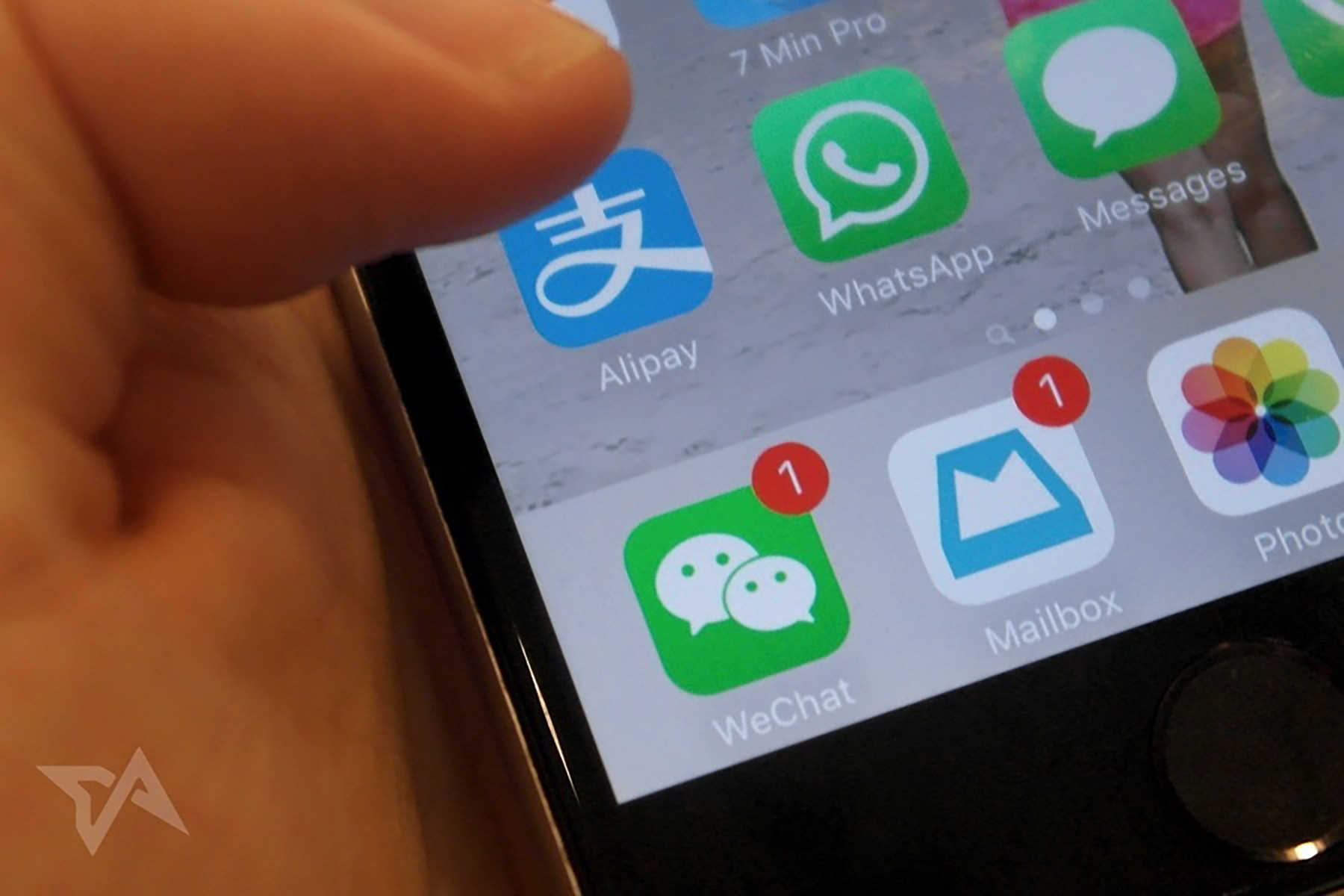They Still Show Confidence in Investments, Aspirations to Purchase and Travel
When asked for their opinions on 2017, 4 in 5 of Chinese millionaires that were questioned remained confident about the future value of their investments.
- At the same time, 4 in 5 of them were more likely to spend on luxury items and travel abroad for vacation, showing a confident outlook for luxury goods and travel industries.
- As can be seen from the following chart, there have only been very slight shifts between 2015 and 2016 for all three, showing that there has not been much of a change in the mindset of these Chinese millionaires.
Shares of Spending on Travel and Fashion are Almost Equally Distributed
- 22% of the typical Chinese millionaire’s non-essential purchases are on travel (including travel experiences, hotels, airline tickets, and cruises)
- 25% on fashion items (including designer clothing, watches, jewellery and accessories)
- This of which implies that the preference for experiential luxury over material luxury might not completely apply to this segment (Chinese). This is quite a significant finding considering that different experts have argued that consumer’s spending allocation on travel may have the potential to reduce spending on luxury goods.
Popularity of Shopping in Country has Increased, while Shopping Abroad Decreased
The popularity of luxury shopping in the home country has seen a 9% increase, most likely due to price changes or exchange rates.
- There has also been a 17% decrease in the popularity of purchasing luxury mainly while travelling.
- This might be due to the new tax introduced by China’s government, on luxury goods bought abroad earlier in 2016 and indicates that luxury spending by the outbound Chinese tourists might be diminished in the future.
Popularity of Credit Card Use for Luxury Purchases has Increased, while Alipay Use Decreased
Interestingly, the use of credit cards for luxury purchases has increased by 17% from 2015, whereas the use of Alipay has decreased by 8%, which showcases an increase in the popularity of credit card use in general. In fact, credit ratings have become some sort of status symbol in the country, with many young and newly affluent individuals flaunting theirs on their dating site profiles, which could serve as a source of future opportunities to partner and advertise.
What does this mean for Luxury Brands?
The world of luxury as of now, is divided between two mindsets. One of which believes that the sector must have the flexibility to market luxury goods to the masses in emerging markets taking advantage of all forms of clients, and the other of which believes that luxury goods should be distributed sparingly, only to the discerning consumers with millions of dollars under their belt.
- Nonetheless, there are over 1 million Chinese millionaires with at least 1 million USD in assets, which is a fact that can bridge the differences in opinions, hopes, and perspectives existing in the industry today.
- There are some key insights to note when exploring this segment. It can be estimated that 4 in 5 of them aspire to spend almost equally on both international travel experiences and luxury goods.
- Although this may be good news for retailers in more popular travel destinations, there has also been a decline in the popularity of shopping luxury gods mainly while travelling, and it can be predicted that there will be a growth in the domestic market for luxury goods.
- Brands will need to increase their presence within China, especially when targeting millionaires, and reduce their dependence on the outbound Millionaire Chinese tourists.
If you enjoyed reading this and would like to read more luxury related content, feel free to take a look at our Luxury Case Studies Library!



